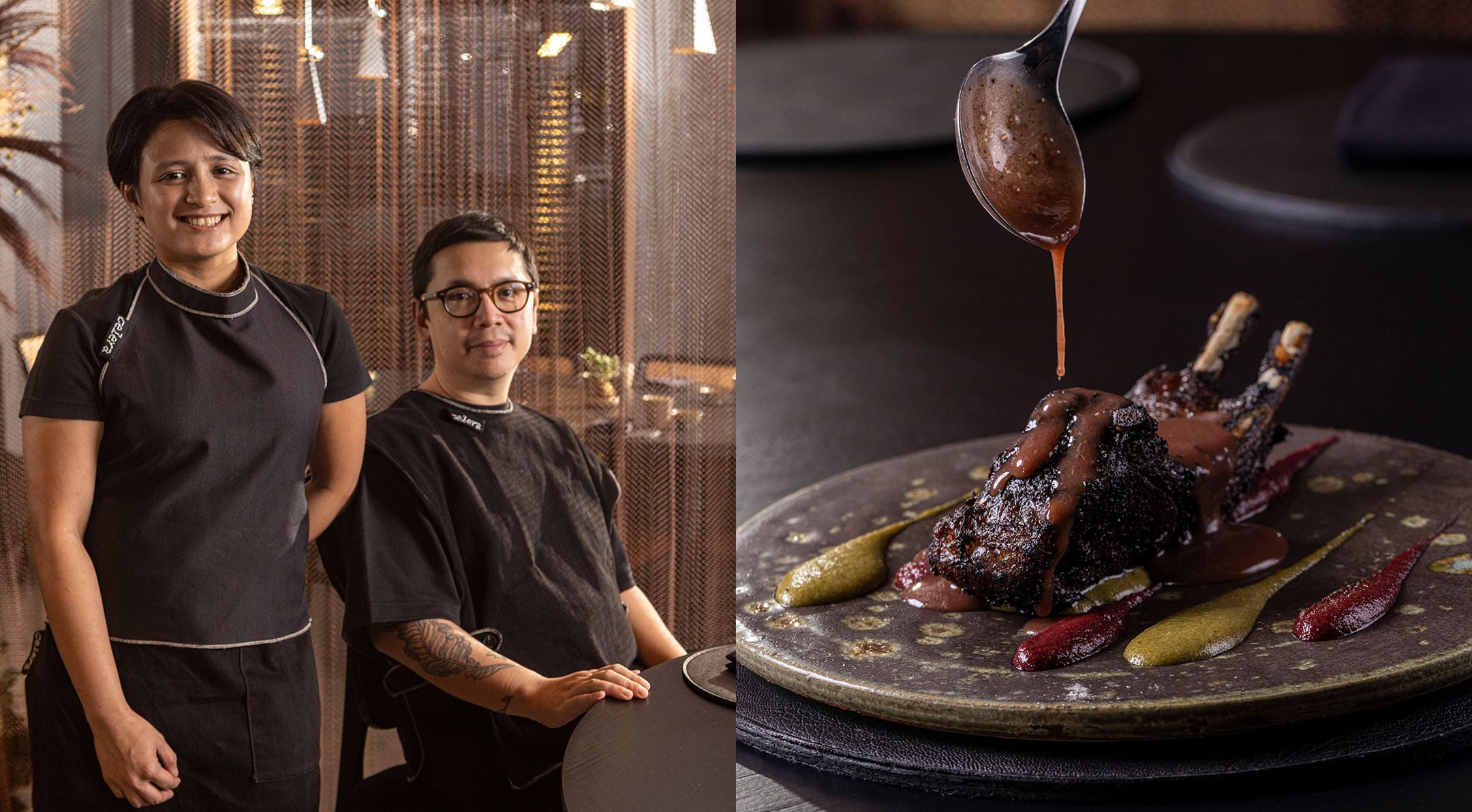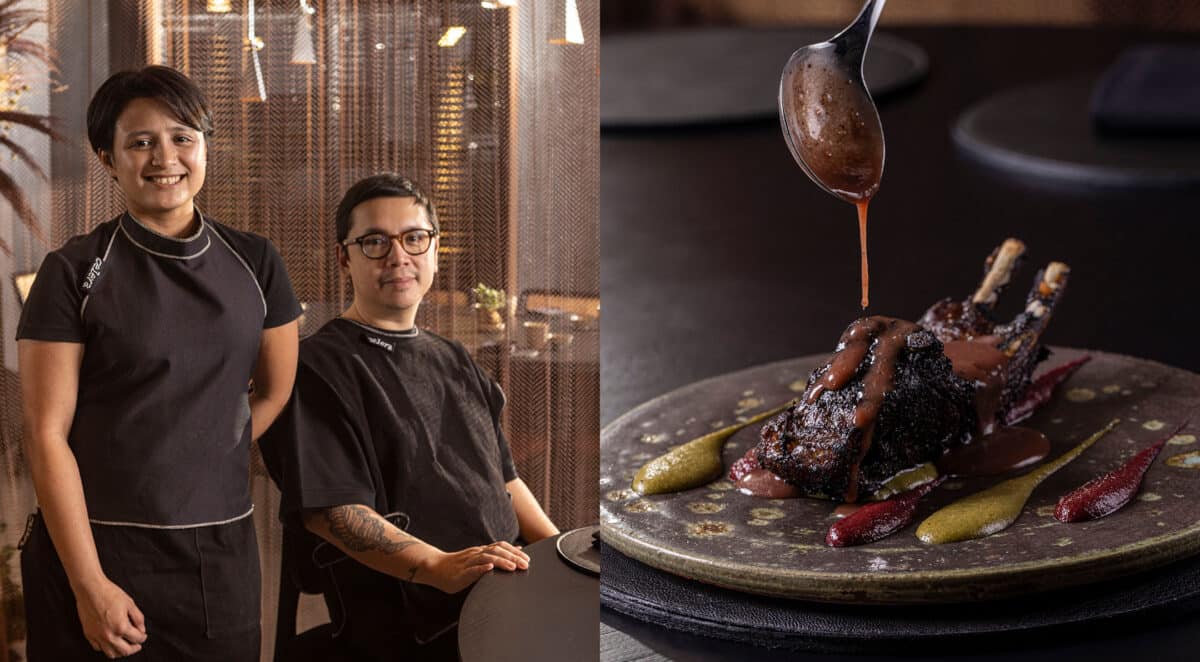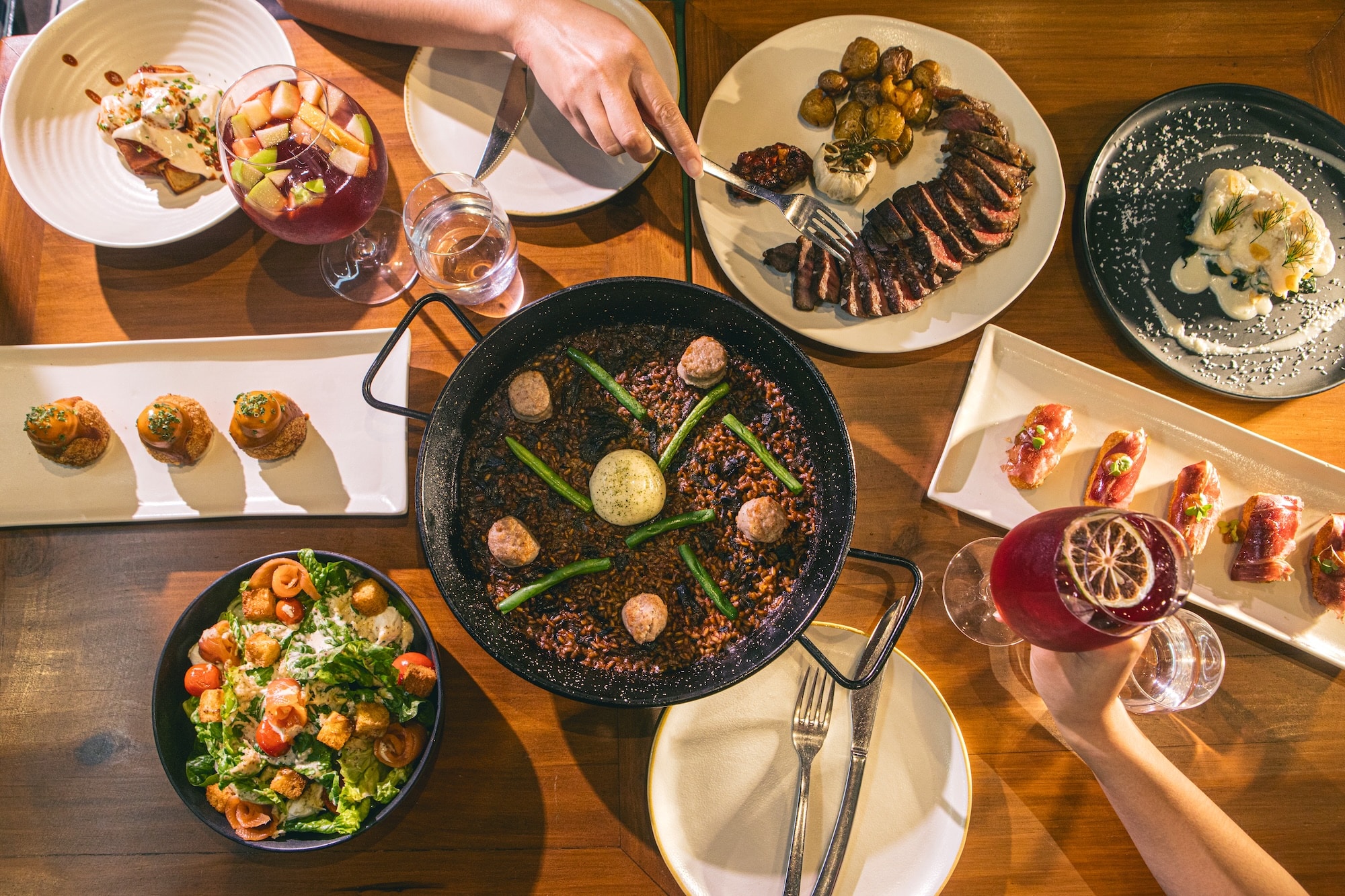In Boston, fast-casual eatery Spryce makes orders without touching the food itself. How? Through robots, in a setup they call the Infinite Kitchen.
What happens inside the Infinite Kitchen is that bowls travel along a conveyor belt where cooked ingredients are dropped through a series of funnels. This idea was launched in 2018 but just last year, co-founder and co-CEO Michael Farid thought it best to close its first outpost to tweak the system.
During its early years, Spryce didn’t take up much commercial space as only a few people were needed to prepare the ingredients. But customers weren’t happy with the limited customization that Infinite Kitchen offered. The waiting time also stretched to 15 minutes as the system struggled to keep up with the demand (the old system was only able to make 120 bowls per hour).
Now that Spryce is reopening, its redesigned automated kitchen might just be its unique selling point in an era of heightened protocols and weary diners.
Focusing on what diners want
Spryce is banking on what diners wanted in the first place—customized food. More options to the menu like vegan and gluten free offerings as well as lighter bases (salads instead of grains) are now available. The pandemic also strengthened Spryce’s commitment to being a kitchen rather than a restaurant, a wise move now that times require limited seating capacity.
Another thing about Spryce is that despite having robots do most of the work, its employees still get to keep their jobs through its own delivery system. Instead of relying on mainstream delivery networks, its team of drivers transport food on zero-emission electric mopeds with separate compartments in carrier bags. What few workers it has in the kitchen is made up for with the number of drivers it has on the road.
The future? Robot barista
Aside from Spryce, there are other industry players that attempt to bring food automation on the table. A robot from Pasadena chain Caliburger makes more than 300 burgers an hour while San Francisco’s Café X has a robot for a barista.
It’s still early to wager whether automated contactless kitchens and other technological advances will take over the food industry. But during a time when risks come with human interaction, the touch-free aspect of automation is worth a shot.












































